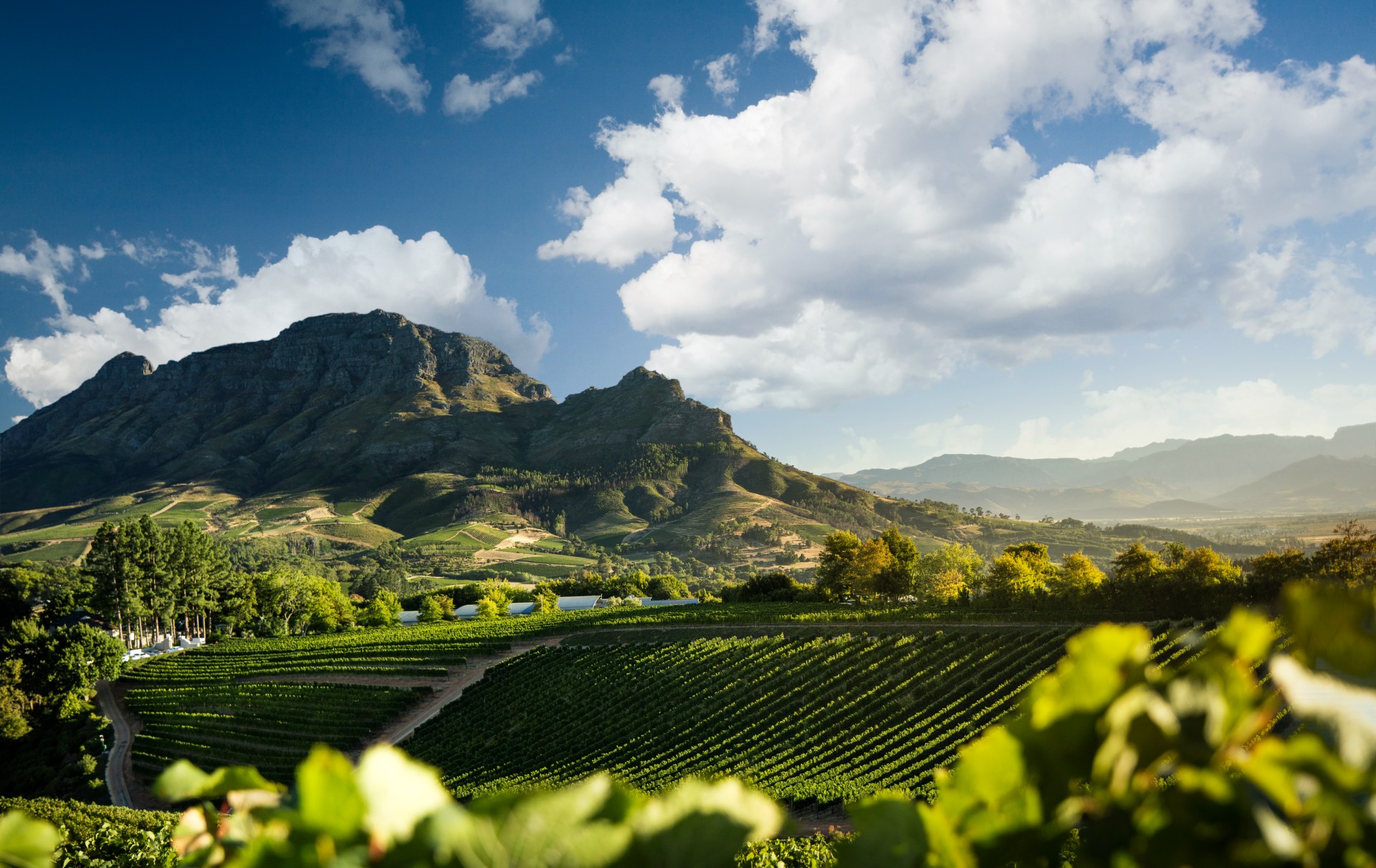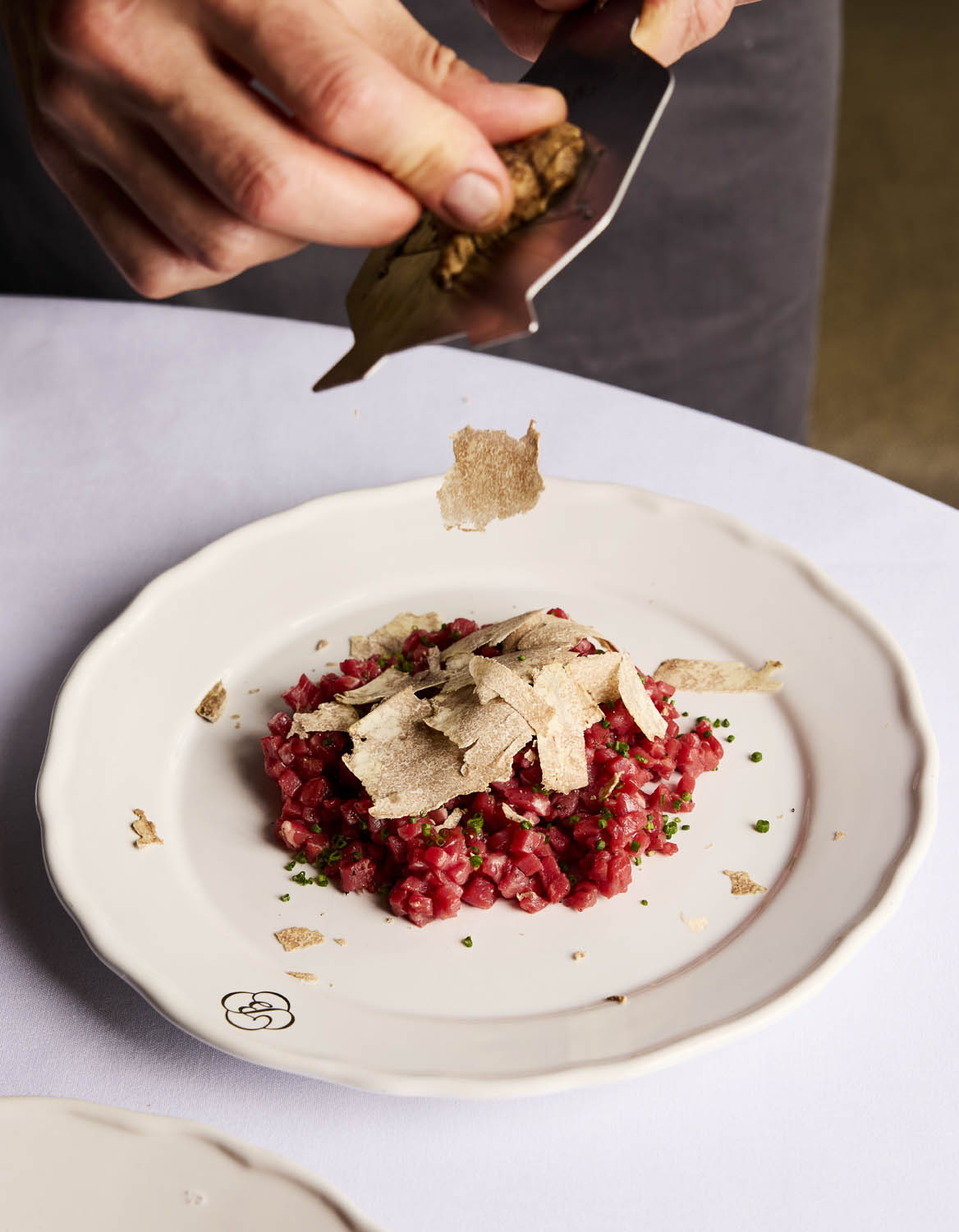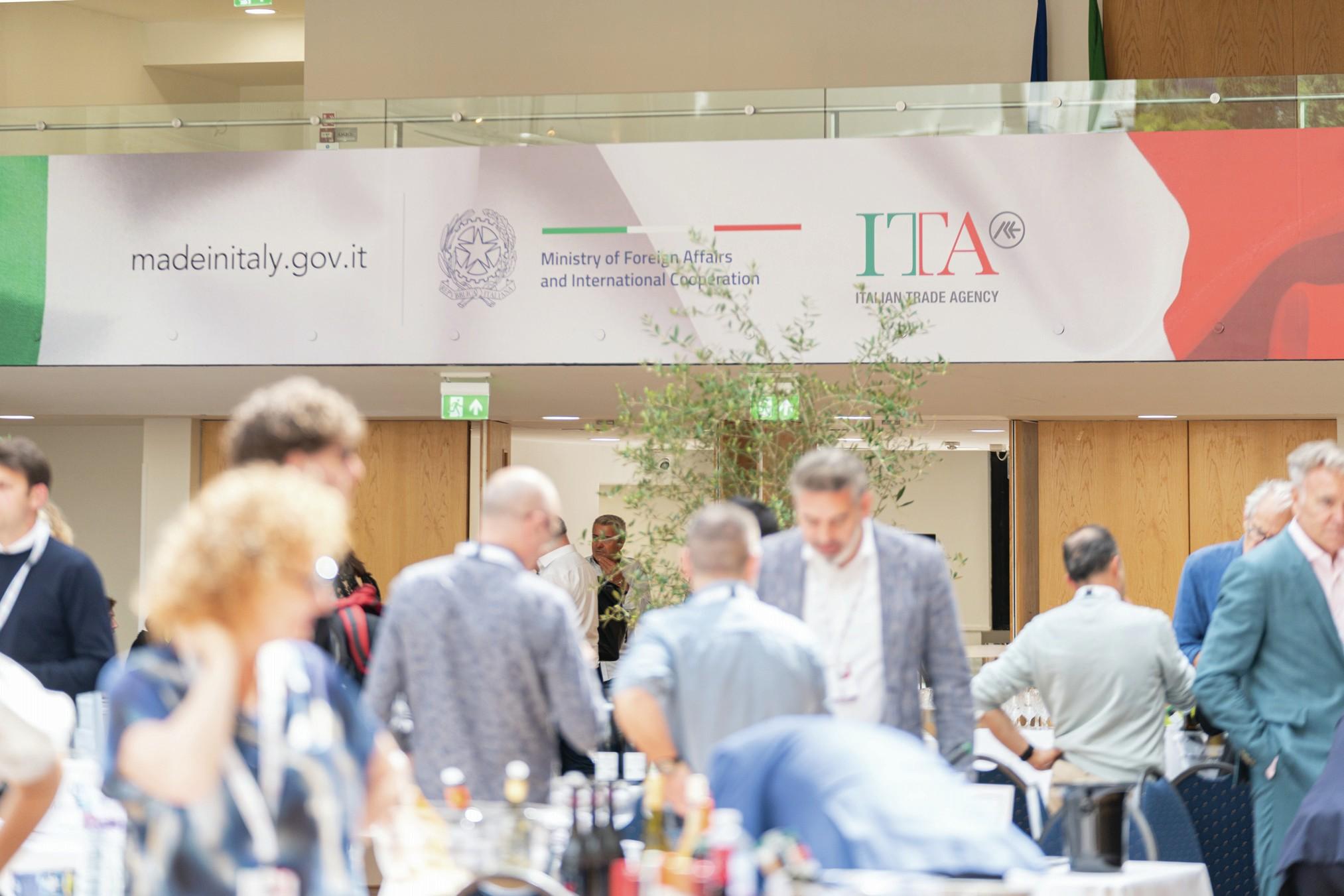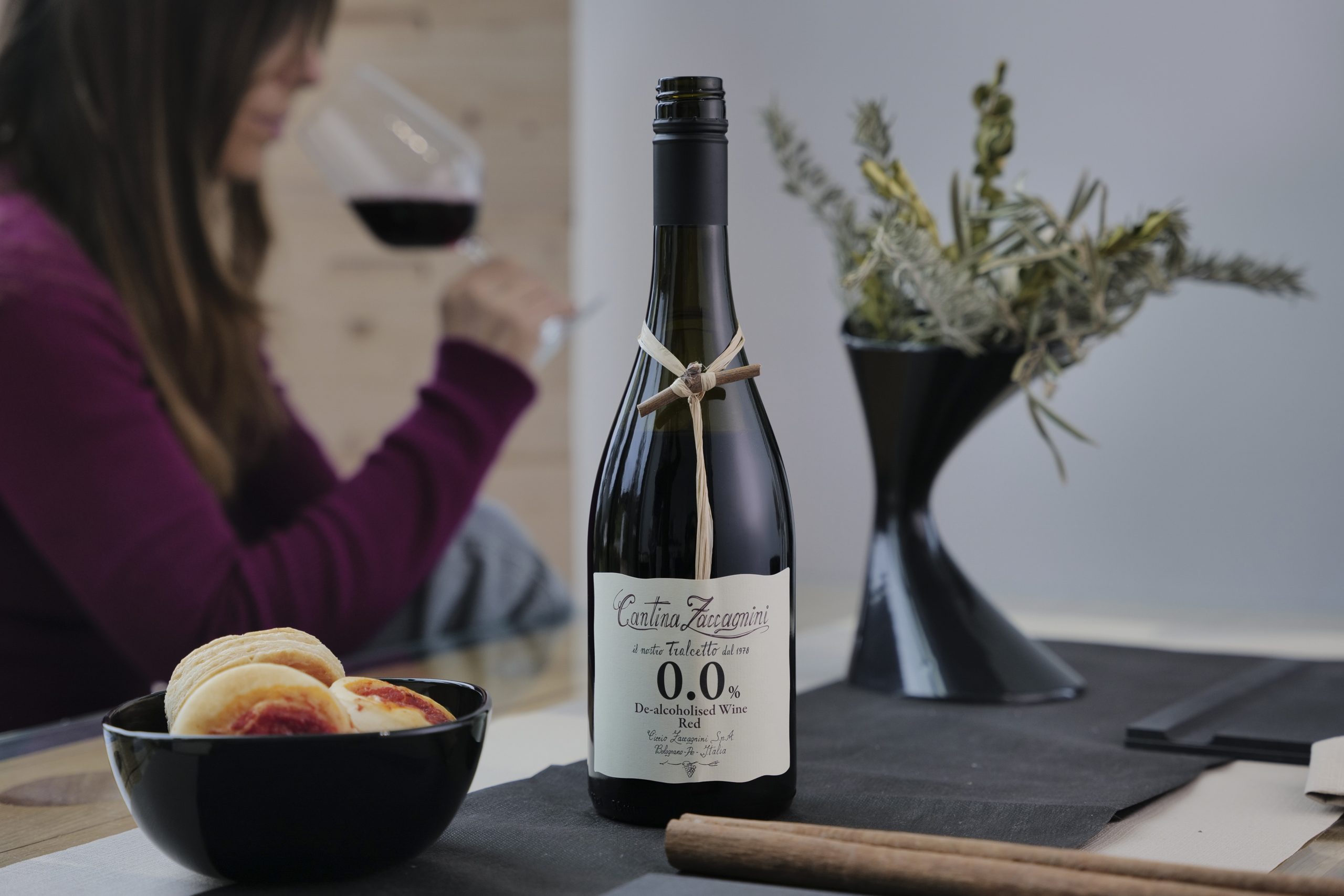Understanding Cognac’s growth potential
The global Cognac category will grow by US$897.31 million from 2023-2027 according to a new report from Technavio.
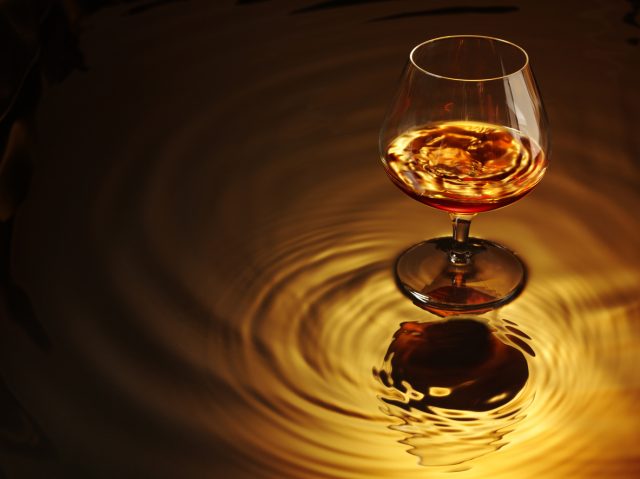
The sector, which is estimated to grow at a CAGR of about 3.64% during the forecast period, is being driven by the “rising awareness of the health benefits of Cognac” as well as the trend towards using it in food recipes or mixed into cocktails.
According to the report findings, “growing competition from other alcoholic beverages poses a challenge” but, despite this, the analysis outlines how “Cognac is a versatile drink with a wide range of applications. It can be enjoyed neat, on the rocks, or diluted with water”. The analysts amplified this point by highlighting how “Cognac is commonly used as a mixer in various cocktails such as Sidecar, B and B, Horses Neck, and Brandy Alexander”.
Giving a nod to brands, the findings described how “Hennessy and Meukow” have recently become “popular choices” with “Hennessy Black, in particular, being marketed as a mixable brandy” giving rise to the Cognac-laced cocktail.
The report analysts outlined how “Cognac’s growing popularity is driven by consumers seeking unique experiences and moving away from traditional beverages. This trend is particularly noticeable in the US, where Cognac is often associated with status and sophistication.”
Partner Content
According to the findings, “brands like Hennessy and Torres continue to dominate the scene” but health-conscious consumers seeking non-alcoholic beverages and RTD cocktail mixers are also leading trends too.
Other elements in the report show how “millennials prefer higher alcohol by volume and unique offerings” which is, in turn, “driving the demand for craft beverages and cocktail culture”.
One other finding revealed how “socialisation remains a key factor in the consumption of premium alcoholic liquors in restaurants and bars” and the report analysts noted how “copper pot stills continue to be used in the production of very special Cognacs like Under Larsen’s Double Toasted Cognac”.
Despite its gains, the report identified how “the Cognac market faces challenges from increasing competition with other alcoholic beverages, such as vodka, rum, and whisky”. The competition is expected to negatively impact sales and revenues in “Germany, France, Italy, Russia, Belgium, and Sweden”. Similarly, in APAC, China is the largest market for alcoholic beverages, but the market is dominated by Baijiu, and consumers prefer beer over spirits, which the analysts have said will negatively impact Cognac sales” so have advised that “to sustain and grow in the competitive market, Cognac manufacturers must focus on innovative marketing strategies and product development”.
Related news
The biggest fine wine auctions of 2025

